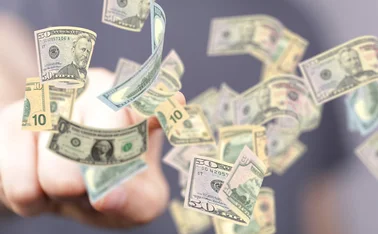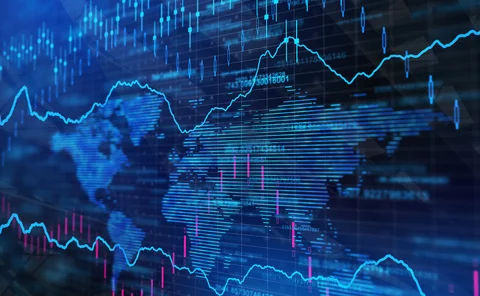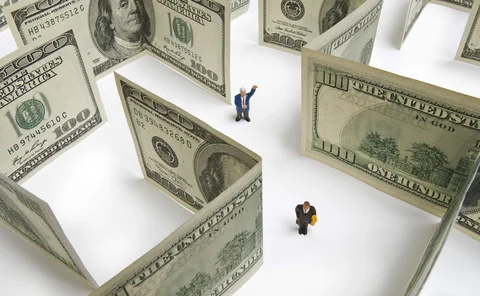Valuation adjustments (XVAs)
WHAT IS THIS? The XVAs are a family of adjustments that can be made to the price of a derivatives trade, reflecting counterparty risk (CVA), own-default risk (DVA), funding (FVA), capital (KVA) and margin (MVA). Their theoretical roots and practical implementation are still debated, but pragmatism also matters: banks that ignore XVAs are at risk of mispricing a trade; banks that include them are at risk of never winning a trade.
Squashing CVA still dominates XVA desks’ priorities
Dealers favour options-based strategies to manage charges; some explore contingent CDSs amid rising exposures
SS&C Algorithmics: winner’s interview with Curt Burmeister
SS&C Algorithmics wins three categories in this year’s Markets Technology Awards in addition to Technology vendor of the year at the Risk Awards
XVA desks target capital in optimisation runs
US regulatory uncertainty leaves banks cautious on investing in new optimisation tools, Risk Benchmarking study finds
Almost two-thirds of banks now run XVAs on cloud
Risk Benchmarking study finds a majority of big dealers tapping cloud capacity, some exclusively, with others migrating
Most banks stick to tried-and-trusted XVA models
Black Scholes- and Heath-Jarrow-Morton-based approaches dominate, with some exploring Copulas for wrong-way risk, post-Archegos
XVA Benchmarking: explore the data
Take a deep dive into the findings of our 30-bank study, with interactive charts covering XVA optimisation, regulation and tech stacks
Half of European banks already embed FRTB into XVA pricing
US and rest of world lag Europe in incorporation of Basel capital rules into XVA calculations, Risk Benchmarking analysis shows
Dealers favour central XVA desks, but splits remain on funding
Most banks run a single desk within the front office, but more than half share responsibility for its funding needs with treasury
XVA desks may be standard – their tech and mandates aren’t
A decade into centralised management of XVAs, Risk Benchmarking data finds divergent approaches to pricing, methodologies and tech stacks
Large US banks pile up CVA charges amid tariff shock
JP Morgan’s CVA risk-weighted assets saw largest jump in second quarter since Covid-19
Danske shrinks CVA capital charges 44% after hedge revamp
Credit protection buying spree helps cut capital requirements to lowest level since 2014
Total value adjustment in a multicurrency framework with stochastic exchange rates and mean-reversion spreads
The authors employ portfolio replication and dynamic hedging techniques to derive models for pricing financial derivatives in multicurrency markets and in the presence of counterparty credit risk.
Quantum path integrals for default intensity models
A method to price credit derivatives via default intensity approximation is presented
An explicit scheme for pathwise cross valuation adjustment computations
The authors put forward a simulation/regression scheme for a class of anticipated backward stochastic differential equations, where the coefficient entails a conditional expected shortfall of the martingale part of the solution.
Why Basel’s push to overhaul PFE is a wake-up call for risk teams
The regulatory push, lessons from Archegos and why a unified PFE/XVA framework is becoming the new standard
BNP Paribas’s CVA risk charges swell 56% on Basel III overhaul
Impact of new formulas is largest yet for a G-Sib
Getting a handle on model parameters
Mean reversion in rate parameters opens the door to dimensionality reduction
Patience pays off for XVA desks in wild week of tariff swings
Dealers avoided knee-jerk reactions that could have caused credit spreads to widen further
UniCredit tops Europe’s VAR breach leaderboard in 2024
Swedbank, Commerzbank and SocGen among model users repeatedly blindsided by volatility
Everything, everywhere: 15 AI use cases in play, all at once
Research is top AI use case, best execution bottom; no use is universal, and none shunned, says survey
EU banks show basic instinct for credit valuation adjustments
Simpler approach to CVA appeals even to some already using more complex models for counterparty risk





















